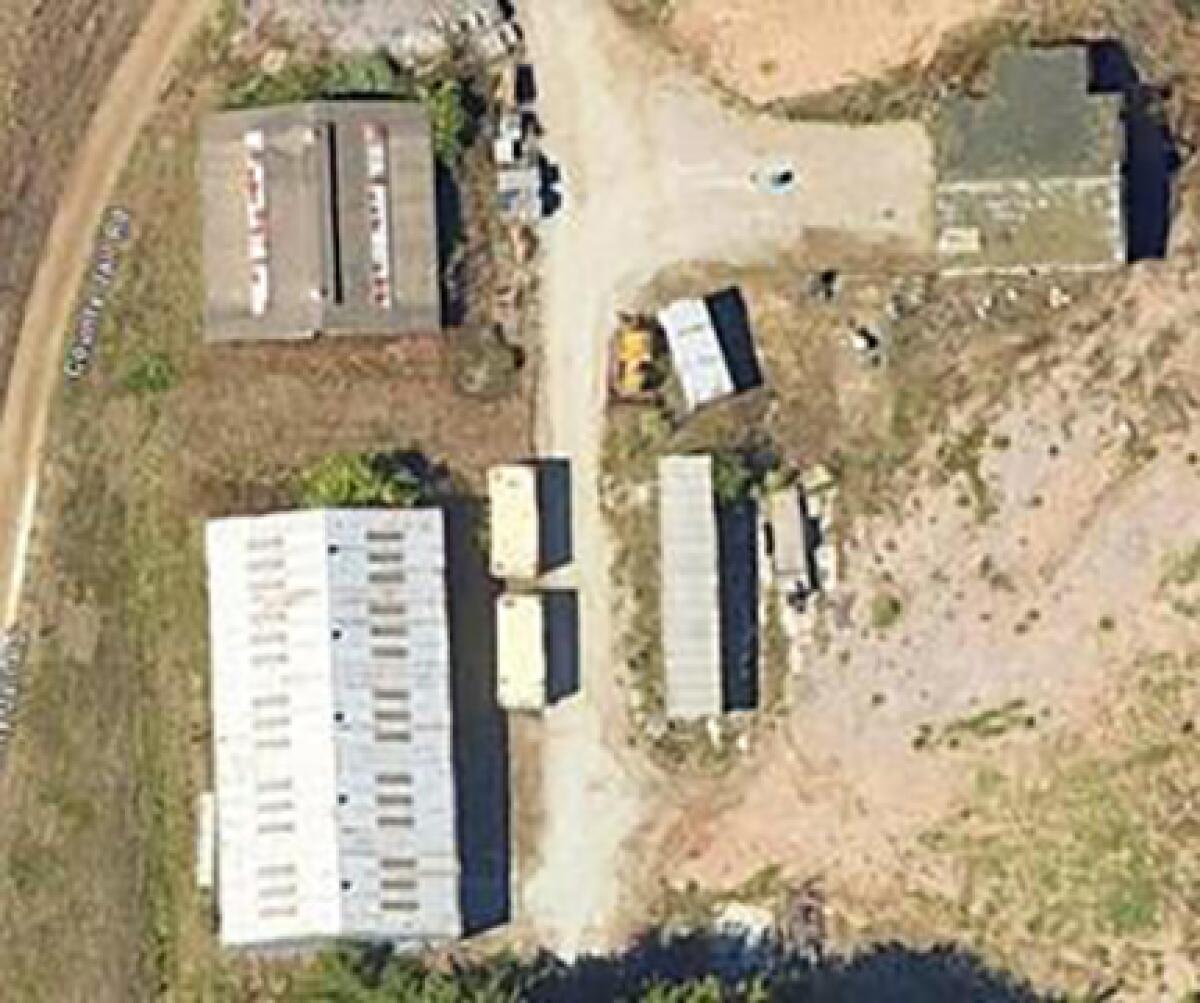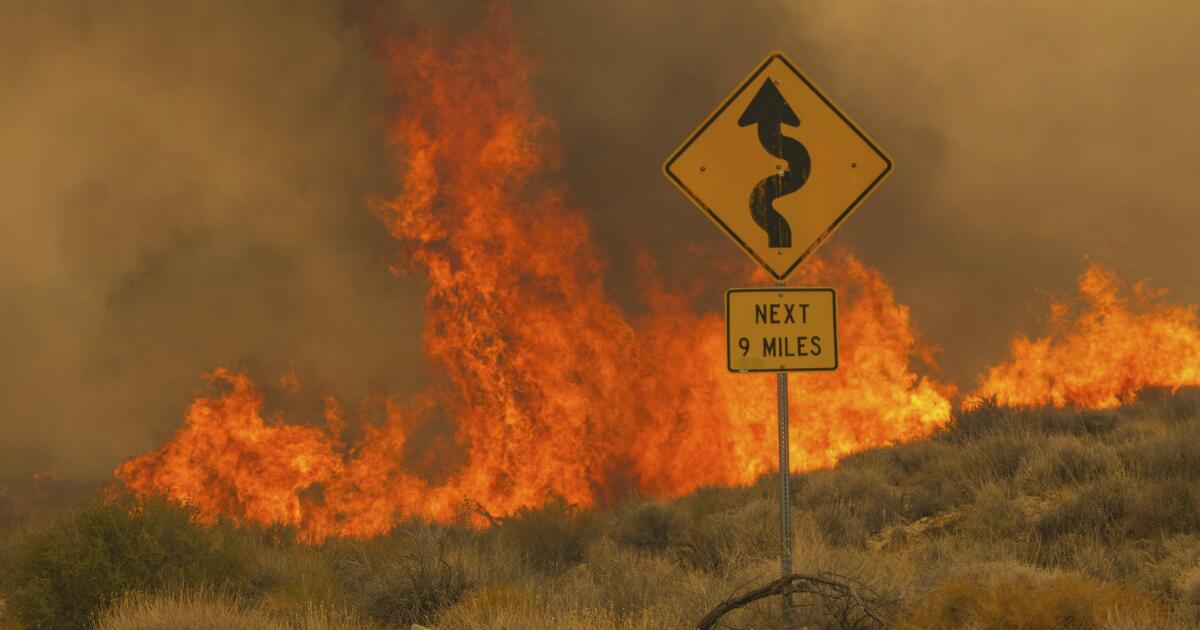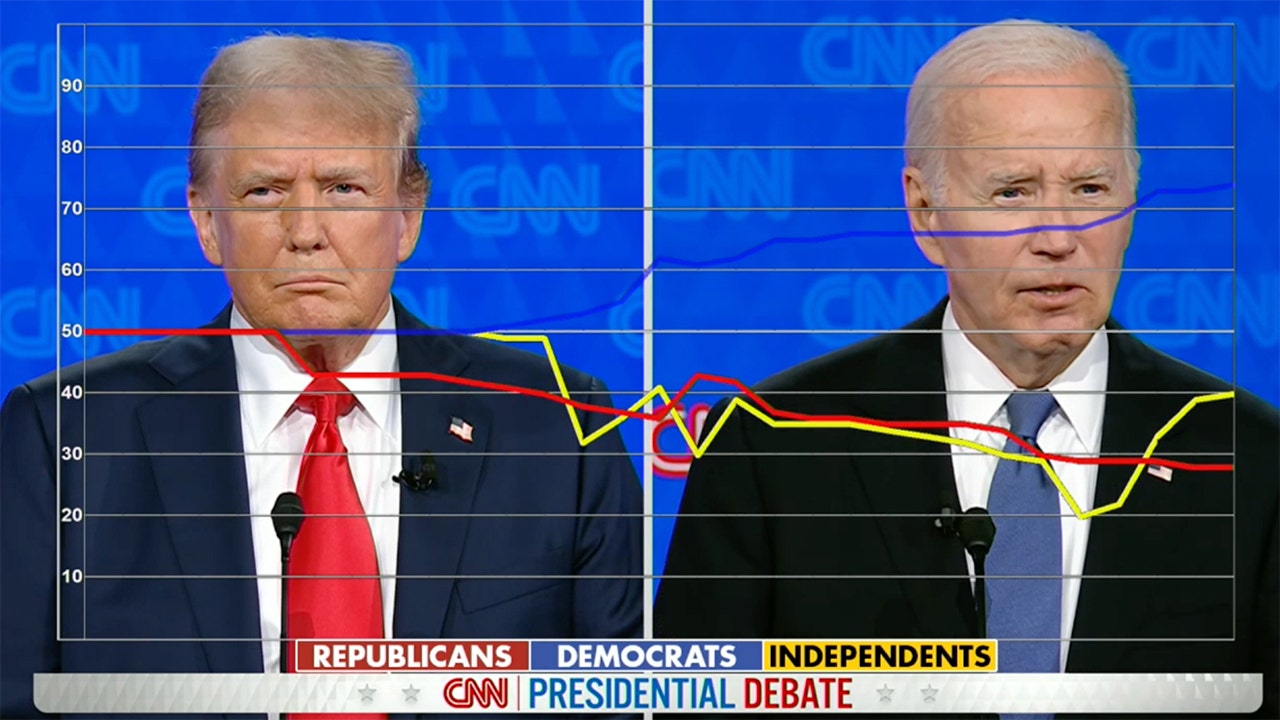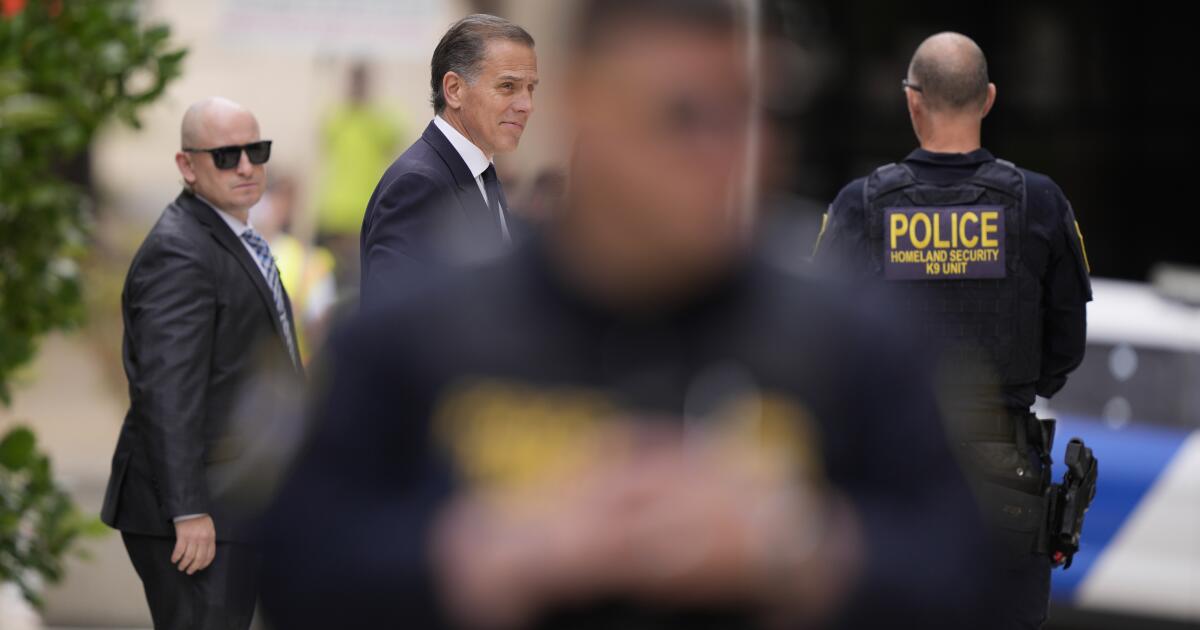Nearly 30 children and one adult were sickened last week when a plume of tear gas used in a police training exercise reached a nearby elementary school in San Bruno, California, according to authorities.
In a report released Friday, the San Francisco Sheriff's Office said windy conditions and a lack of fog allowed the tear gas cloud to travel less than a half-mile to Portola Elementary School on May 21.
“Conditions are generally less windy and foggy, so water droplets from the fog weigh down the [tear gas]” the report said, “which could explain why this exhibition was an unprecedented event in the [department’s] 20 years of experience doing this type of on-site training.”
At the time of the incident, nearly 30 students at the school reported symptoms including coughing, watery eyes, wheezing and difficulty breathing, said Matthew Duffy, superintendent of the San Bruno Park School District. There were also reports of vomiting and skin rashes.
“More than a week later, we still have some students suffering adverse effects from exposure to tear gas and pepper spray in the air that day,” Duffy said. “It is now well documented that some families required emergency medical assistance to help their children who were suffering from the effects of the airborne gas.”
The San Francisco Sheriff's Office said the May 21 crowd control training exercise took place in a secluded area of the San Francisco County Jail in San Bruno, less than a half-mile from Portola Elementary School. The department plans to publish the results of its investigation soon.
(San Francisco Sheriff's Office via Google Satellite)
The Sheriff's Office, which oversaw the crowd control training exercise and launched an investigation into the incident, has since apologized to the students and their families, as well as faculty. Although the department informed San Bruno police and firefighters about the training exercise, it said it plans to send additional alerts to residents in the future.
But Duffy said the district would send a “formal letter” to sheriff’s officials requesting an end to all “gas-related” training at the facility.
Parents were further distraught this week when the San Francisco Chronicle reported that some canisters of chemicals used during the training exercise dated back to the 1960s.
Sheriff's Office spokeswoman Tara Moriarty said a preliminary investigation into the incident revealed that the canisters the UC Berkeley Police Department used for training did not have expiration labels.
“We believe, however, that these canisters had been removed from storage,” Moriarty said.
He did not say how long the canisters had been stored.
He said it is common for law enforcement agencies to use stockpiled products for training exercises and that “there appears to be no greater health risk than using the same product that has been recently manufactured.”
But experts say there have been few studies looking at the long-term health and environmental effects of tear gas exposure.
Sven Jordt, associate professor of anesthesiology, pharmacology and cancer biology at Duke University School of Medicine, said most research studies were conducted in the 1960s and 1970s and excluded groups such as women, children and older people, including those with health problems.
He said that in recent years there have been some studies, including some by the military, that show that prolonged exposure to tear gas can have several harmful health effects, including damage to the respiratory tract, reproductive health problems and physical and psychological.
But Jordt said there are almost no research studies on expired tear gas canisters. and if there were, they would have been carried out by gas manufacturing companies.
Jordt said a U.S. Army study examined toxic byproducts that form when cartridges burn and I found some that were worrying.
“When these cartridges expire, the expectation is that more of these byproducts will likely form,” he said. “That's why there's an expiration date.”
Jordt said children vomiting is a sign of serious exposure to tear gas.
“That doesn't normally happen to protesters,” he said. “They must have been in a pretty dire situation.”
The two-hour multi-agency crowd control training class began at 12:45 p.m. and ended in a shipping container in a secluded area of the San Francisco County Jail in San Bruno, according to the department report . At that time, winds were 12 mph and increased to 16 mph at 3:45 p.m.
During the training exercise, police officers fired tear gas and pepper spray into the structure.

The San Francisco Sheriff's Office said the May 21 crowd control training exercise took place in a secluded area of the San Francisco County Jail in San Bruno, less than a half-mile from Portola Elementary School. The department plans to publish the results of its investigation soon.
(San Francisco Sheriff's Office v)
But the cloud of tear gas did not remain inside the structure, instead heading toward the nearby elementary school.
Moriarty said after the incident that the Sheriff's Office paused all future training exercises while it reviews its practices to make sure the community is not in danger.
The Bay Area Air Quality Management District and San Mateo County Environmental Health Services said in separate statements that they were investigating the incident.
“While there is no indication of persistent environmental hazards at the site or in the surrounding area,” the health department wrote, “the investigation will determine whether all reporting requirements to the appropriate agencies were followed after the incident and whether any implemented appropriate contingency plans.” “They were in place to mitigate any release.”
Since the incident, Duffy said, the school district has washed outside areas of campus as a safety measure. School officials are also continuing to gather information about the health of students and adults affected that day. The district also held a public meeting with Sheriff Paul Miyamoto to address community concerns.
“We will also be writing a formal letter to the San Francisco Sheriff's Department requesting an immediate end to all gas-related training at the facility,” Duffy said. “We appreciate the time the SF Sheriff's Department has taken to understand the events of that day and look forward to a partnership that will shed light on any inappropriate actions taken, as well as the steps necessary to remedy the situation.”












